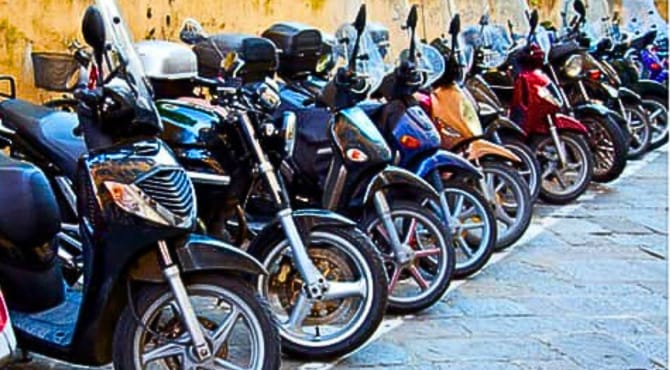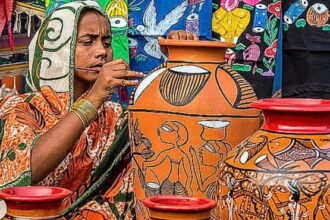October was a big month for two-wheeler sales in India, with retail figures crossing 2.8 million units according to Vahan registration trends. On the surface, that’s a lot of bikes hitting the road, but what does this actually say about where the economy is headed? Let’s dig in—using hard numbers, reliable data, and a little common sense.
GST cut drives affordable mobility
After the government reduced GST rates on two-wheelers, many manufacturers saw a significant spike in retail sales. Most people buy two-wheelers for everyday commuting and utility—they’re not luxury goods. The GST cut directly helped the aam aadmi (common man) by bringing down prices and making these vehicles more accessible. This is reflected in initial Vahan data and company statements, with total domestic two-wheeler wholesales climbing to 2.11 million units in October, a 14.2% rise over last year’s numbers.
Honda and TVS led the momentum, clocking in an 8% growth each: Honda sold 598,952 units versus 553,120 a year ago, and TVS went from 390,489 to 421,631 units. Bajaj Auto notched a modest 4% rise, while Royal Enfield surged by 15%. These gains would’ve been harder to come by without GST reforms that made bikes and scooters more affordable for millions.
Good monsoon fuels rural demand
If you want a clearer picture of why two-wheeler sales shot up, you have to look beyond tax cuts and festival buying. This year, India had a strong monsoon, boosting agricultural output and rural incomes. Farmers and rural families buy two-wheelers not just for convenience but for pure necessity—getting to markets, transporting goods, handling everyday tasks.
Better rains mean improved harvests, which bring higher farm incomes. That, in turn, leads to more discretionary spending on essentials—the two-wheeler being one of them. The connection is direct: good monsoon, more agricultural production, higher rural cash flow, and increased sales. This pattern is well-documented in market analysis from The Economic Times and government press releases, which highlight strong rural demand.
Hero MotoCorp, a giant in the rural market, registered retail sales of 995,000 units (from Vahan data), despite a dip in wholesale dispatches. The company says demand will hold strong through the year, thanks to the monsoon’s impact and upcoming rural-focused launches. This is proof that rural prosperity feeds directly into two-wheeler demand.
Two-Wheeler sales as an economic indicator
If car sales go up, it doesn’t always mean the economy’s doing better. Big cars are bought mainly by high-net-worth individuals, who aren’t representative of the broader population. Bikes, on the other hand, are bought by millions of ordinary Indians, from small-town salaried workers to farmers.
When bike sales climb, it signals not just affordability but healthier income distribution. More people have the means to upgrade their mobility or take credit from banks, which reflects underlying economic strength. Banks don’t lend for vehicles unless buyers can afford repayments; increased dealership financing shows confidence in both borrowers and the larger economy.
This October’s figures are positive: rising retail and wholesale numbers, strong festival demand, and a major role played by rural buyers. The growth isn’t restricted to a few luxury brands—it’s across segments that cater to everyday Indians.
Electric two-wheelers join the mix
It’s also worth mentioning that EV sales climbed to over 120,000 units in October, a sign that new technology is gaining ground even among average buyers. That’s not just hype—it’s a meaningful shift in consumer preference and accessibility.
October’s two-wheeler boom is more than just a flash in the pan. The jump in retail sales is clear evidence that a GST rate cut, a good monsoon, and positive rural sentiment can lift economic activity where it matters most—the homes and hands of ordinary people.
Growth in this space is a real marker of how Indian economic gains are reaching more citizens, not only the wealthy. Better farm incomes, higher credit growth, and brisk retail numbers show the economy moving in the right direction.









